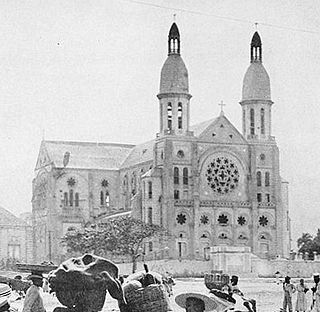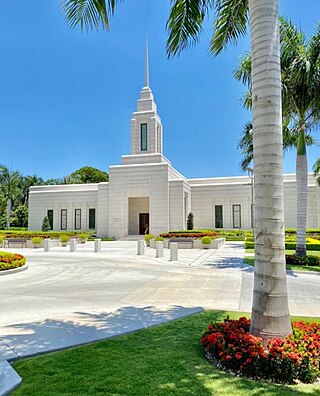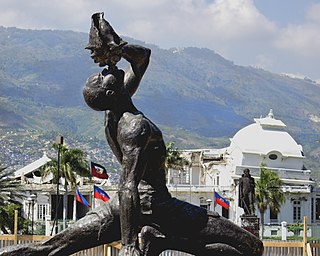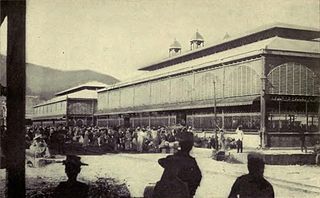6 Sights in Port-au-Prince, Haiti (with Map and Images)
Legend
Welcome to your journey through the most beautiful sights in Port-au-Prince, Haiti! Whether you want to discover the city's historical treasures or experience its modern highlights, you'll find everything your heart desires here. Be inspired by our selection and plan your unforgettable adventure in Port-au-Prince. Dive into the diversity of this fascinating city and discover everything it has to offer.
Sightseeing Tours in Port-au-Prince1. National Palace
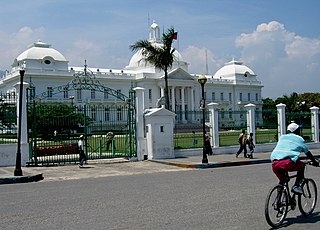
The National Palace was the official residence of the president of Haiti, located in the capital Port-au-Prince, facing Place L'Ouverture near the Champs de Mars. It was severely damaged during the 2010 Haiti earthquake. The ruins of the building were demolished in 2012 under the Martelly administration, and plans to rebuild the palace were announced by then-president Jovenel Moïse in 2017, but it is unclear if or when reconstruction will begin.
2. Port-au-Prince Cathedral
The Cathedral of Our Lady of the Assumption, often called Port-au-Prince Cathedral, was a cathedral in Port-au-Prince, Haiti. Built between 1884 and 1914, it was dedicated on December 13, 1928, and became the cathedral church of the Roman Catholic Archdiocese of Port-au-Prince. The cathedral was destroyed in during the devastating 2010 Haiti earthquake.
Wikipedia: Cathedral of Our Lady of the Assumption, Port-au-Prince (EN)
3. Port-au-Prince Haiti Temple
The Port-au-Prince Haiti Temple is a temple of the Church of Jesus Christ of Latter-day Saints in the Port-au-Prince suburb of Pétionville, Haiti. It is located adjacent to an existing meetinghouse at the intersection of Route de Frères and Impasse Saint-Marc.
4. St. Trinitee church
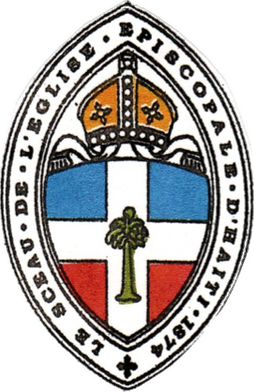
The Episcopal Diocese of Haiti is the Anglican Communion diocese consisting of the entire territory of Haiti. It is part of Province 2 of the Episcopal Church in the United States of America. Its cathedral, Holy Trinity located in the corner of Ave. Mgr. Guilloux & Rue Pavée in downtown Port-au-Prince, has been destroyed six times, including in the 2010 Haiti earthquake.
5. Marron Inconnu
Le Marron Inconnu de Port au prince, shortened as Le Marron Inconnu, also called Neg Marron or Nèg Mawon, is a bronze statue of a runaway slave, better known as a maroon, standing in the center of Port-au-Prince, Haiti. Completed on September 22 1967 by Haitian architect Albert Mangonès, the statue is regarded as a symbol of black liberation; commemorating in particular, the rallying cry that sparked the Haitian Revolution and the abolishment of slavery. Situated across from the National Palace, it is the nation's most iconic representation of the struggle for freedom.
6. Marché en Fer
Marché en Fer or Marché de Fer also known as the Marché Hyppolite and the Marché Vallières is a public market in Haiti’s capital, Port‑au‑Prince. It was damaged by fire in 2008 and destroyed in the 2010 Haiti earthquake, but was restored. In February 2018 it burned again, with one of the two halls being destroyed.
Share
How likely are you to recommend us?
Disclaimer Please be aware of your surroundings and do not enter private property. We are not liable for any damages that occur during the tours.
